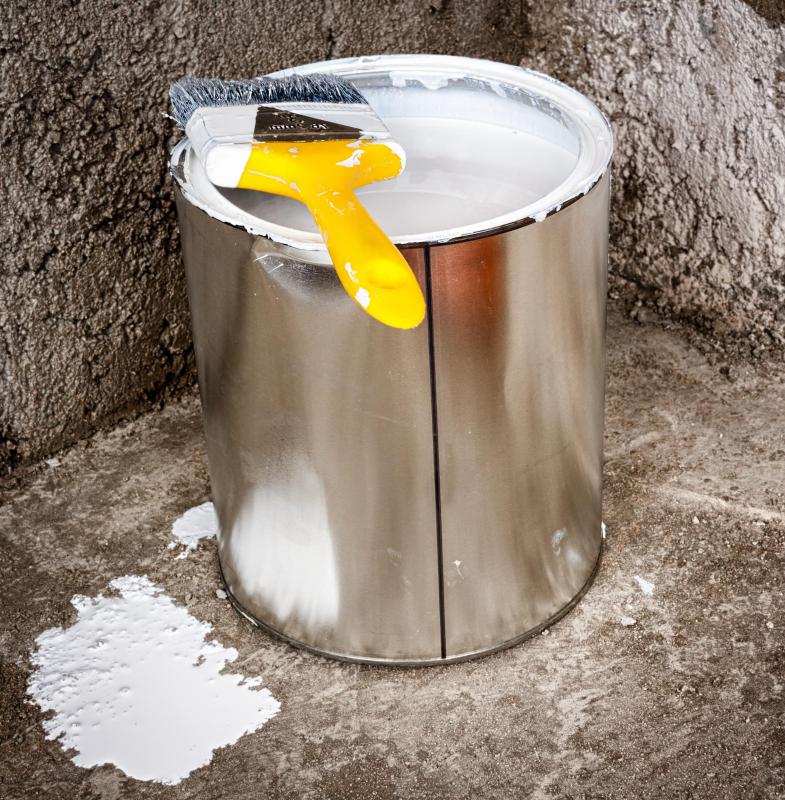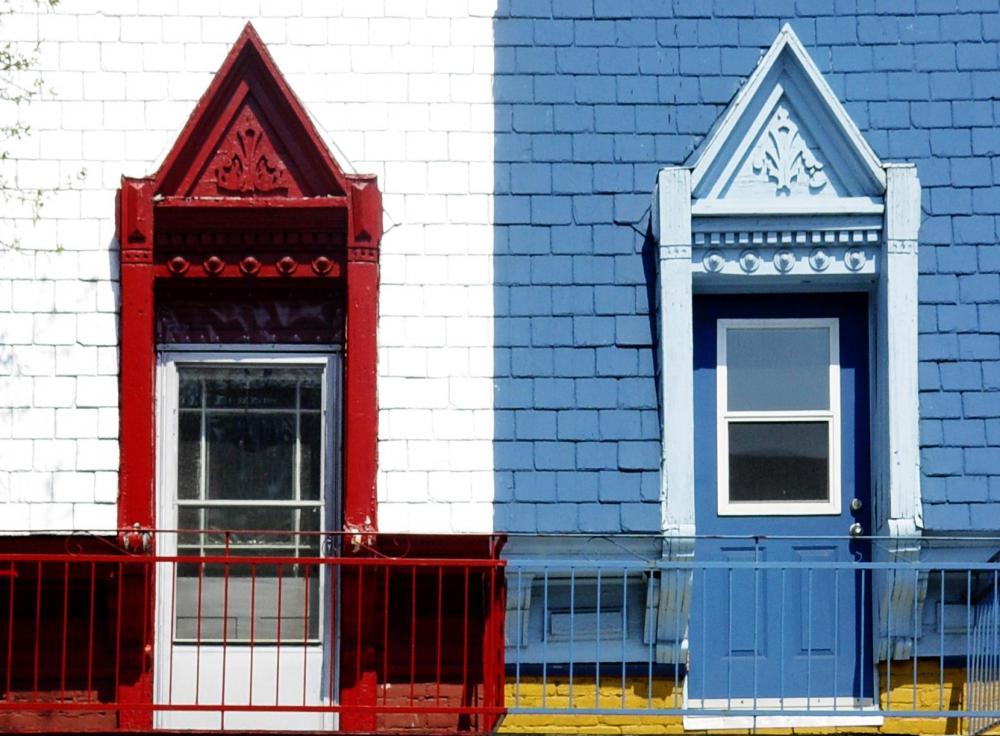At WiseGEEK, we're committed to delivering accurate, trustworthy information. Our expert-authored content is rigorously fact-checked and sourced from credible authorities. Discover how we uphold the highest standards in providing you with reliable knowledge.
What are the Best Tips for DIY Painting?
DIY painting, whether doing the inside or outside of the home, can seem like an arduous task. Between choosing a color, trying to avoid getting paint everywhere and having the surface look as flawless as possible, it can take quite a bit of effort but can result in a beautifully painted area. Before picking up a paintbrush, there are a few tips to adhere to, including painting in small sections and starting high and working toward the bottom, which can help even novice painters achieve the desired result.
The first step in DIY painting is choosing a color and paint type that works well with the surface that has to be painted as well as with the color scheme of the surrounding area. The color is typically a personal choice, but for the type of paint, it's best to talk to a specialist in a home improvement store who can help choose a paint based on the condition of the surface, the desired look and price range.

Using a good primer is also an important DIY painting tip. The primer goes on first and helps to even out the surface and prepare it for use with the paint. As with choosing a paint, a specialist can help choose a primer depending on the type of surface you're painting in addition to several other factors. For example, some primers may block stains, which is a good option for homes with children, while other primers are quick drying.

Before starting to paint, clean up the wall and fix any imperfections so the surface is as clean and smooth as possible even before the primer goes on. Using a large clean sponge, wash down the walls to remove any built-up dirt or grime, then spackle in any holes or cracks on the surface. Use sandpaper to sand down any rough patches on the wall or any areas that were spackled, then go over the surface with a damp cloth again to remove any grit from sanding.

Remove as many items as possible from around the area to avoid having them get in the way of being able to properly paint even strokes or having them get ruined by paint. Pull everything away from the walls and either remove it or pile it in the center of the room. When painting a ceiling or a small room, cover everything in the room with large plastic tarps.

One of the most important DIY painting tips is to choose the right time of year to paint depending on the weather conditions in the area. Check the weather report before deciding to paint; the weather should be warm, but it should also not be too windy or humid, and it's best to paint when there is a time frame of about 48 hours of ideal weather before and after painting. There are now paints that can be applied at a lower temperature, though most have to be applied at around 60 degrees F (15.5 degrees C). While painting the exterior of the house, there should also be very little to no dew at any point during the drying process.

While painting, it's best to work from top to bottom to avoid ruining any already painted areas. It's also best to paint in small sections and not rush the project. While it may seem easier to do it quickly and paint large sections, rushing it may result in more mistakes that have to be fixed, while doing it slowly allows for accuracy and evaluation of the ongoing process.

Implementing the tips can be useful for the end result as well as making the painting process easier without encountering a multitude of problems. Although DIY painting requires a few days of exertion and effort, it can be much cheaper than hiring someone to do it. Looking at the result of all the handy work can also be quite fulfilling and can instill a sense of pride.
AS FEATURED ON:
AS FEATURED ON:

















Discuss this Article
Post your comments